Target 14.2 Manage and protect ecosystems
By 2020, sustainably manage and protect marine and coastal ecosystems to avoid significant adverse impacts, including by strengthening their resilience, and take action for their restoration in order to achieve healthy and productive oceans
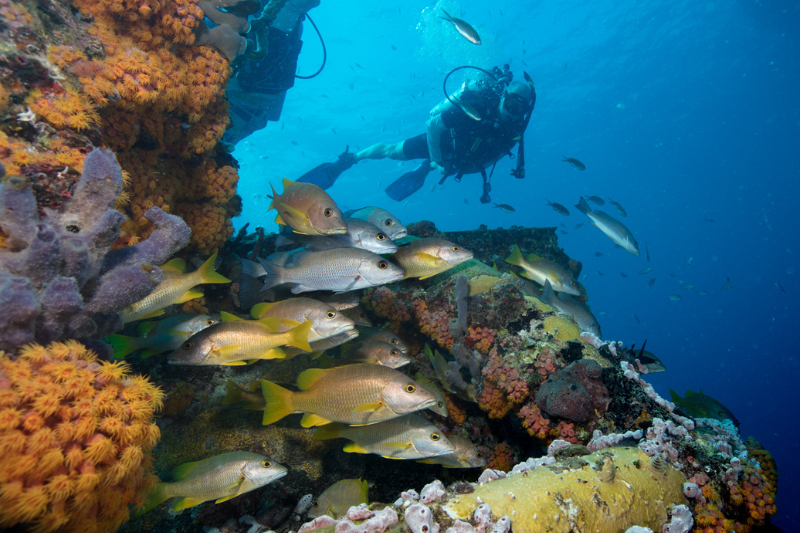
International Policy
FIU's Institute of Environment represents one of the largest and most impactful environmental research programs in the world. FIU is the main research partner for the Florida Keys National Marine Sanctuary and a research partner with Rookery Bay Research Reserve. Our researchers are members of the Blue Carbon Scientific Working Group, an initiative coordinated by Conservation International, the International Union for Conservation of Nature, and the Intergovernmental Oceanographic Commission of the United Nations Educational, Scientific, and Cultural Organization. Our researchers are providing critical data to support the listings of shark and ray species for protection by the Convention on International Trade in Endangered Species. Our students are studying implementation challenges of wildlife accords. Members of the predator team have tagged sperm whales off the coast of Guadeloupe as part of the UN Environment — Caribbean Environmental Programme’s Specially Protected Areas and Wildlife project in support of the Cartagena Convention.
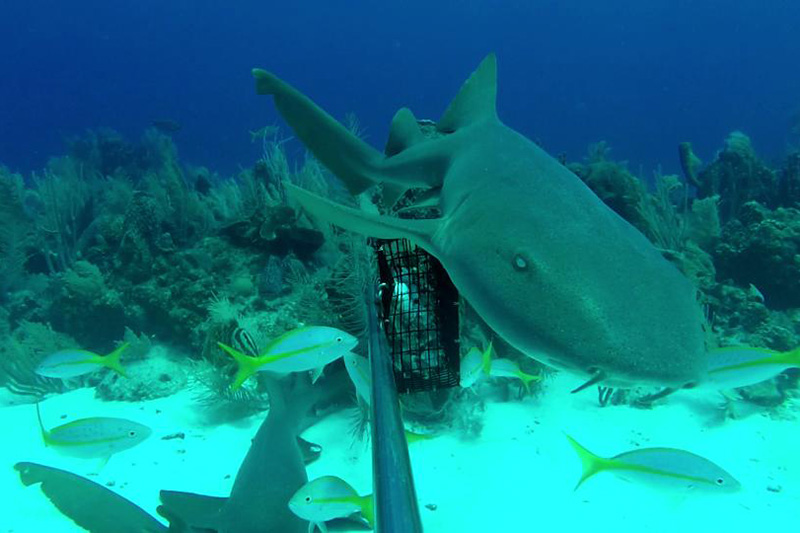
Global FinPrint
A team of international researchers led by Florida International University recently released the first of what promises to be years of research findings from Global FinPrint, a three-year survey of the world’s reef shark and ray populations. The landmark study, which collected 20,000 hours of survey footage along 400 reefs in 58 countries, revealed sharks are functionally extinct on many of the coral reefs, indicating they are too rare to fulfill their normal role in the ecosystem. Sharks were not observed on nearly 20 percent, indicating a widespread decline that has gone undocumented on this scale until now. The Global FinPrint team also identified conservation measures that could lead to recovery of these iconic predators. It is a critical first step in protecting and restoring shark and ray populations all across the world. Even before this data was released, FIU researchers provided preliminary findings from Global FinPrint to officials in Belize and the Dominican Republic, which led to Belize establishing a nationwide ray sanctuary and the Dominican Republic instituting a nationwide shark-fishing ban.
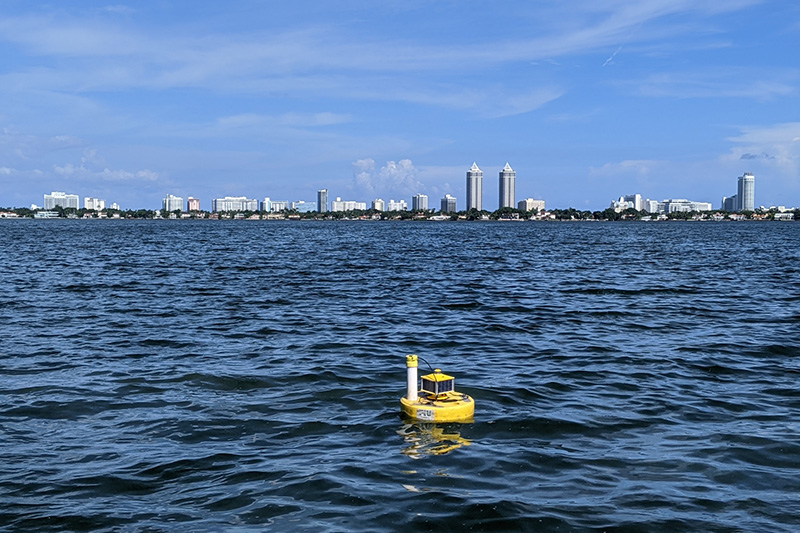
Biscayne Bay
In August 2020, Biscayne Bay went into respiratory distress. High water temperatures coupled with lots of phosphorus nearly killed this 35-mile-long subtropical lagoon. Hundreds of fish and marine life dead — an ecosystem’s cry for help. For decades, Florida International University (FIU) has led research initiatives on the health of Biscayne Bay, which happens to run along the eastern shore of FIU’s Biscayne Bay Campus. Our researchers have been working with local officials to establish a comprehensive monitoring network to identify potential problems before they become crises. While most of the world was shut down amid the global pandemic, FIU research teams of students and faculty immediately headed to the bay when those first signs of distress appeared in 2020. They deployed special autonomous surface vessels to measure temperature, dissolved oxygen, and chlorophyll to better understand what was happening and what was needed to stop it. They worked with local officials to help re-oxygenate the bay. Their work continues as the bay continues to show signs of an ecosystem in trouble. FIU has engaged in community outreach programs to raise awareness, educate residents on the role they play in the health of the bay and advocate for the need of improved protections at the local and state levels. Biscayne Bay needs saving. FIU has the expertise and the will to give a lifeline to this ecologically and economically essential body of water.
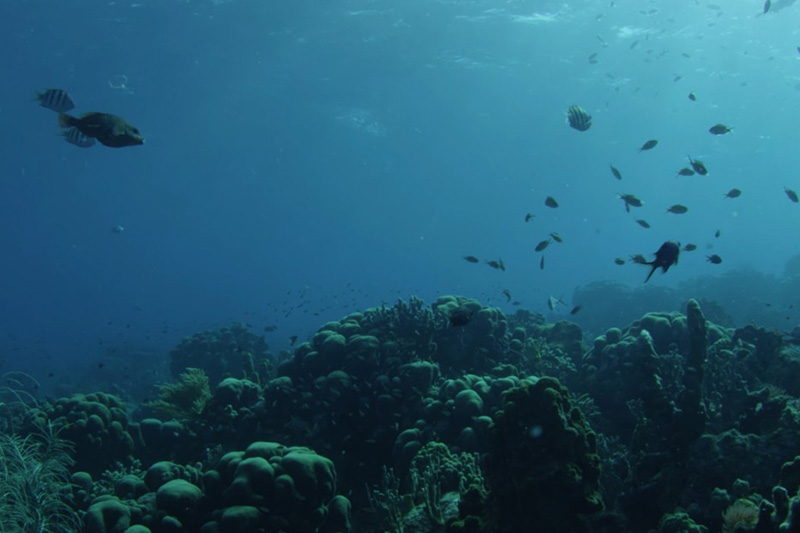
Shark Bay, Australia – A World Heritage Site
Shark Bay, Australia, is a unique environment that is home to some of the world's most threatened species. Creatures like the dugong, southern right whales and bottlenose dolphins have made this area their home or migratory pitstop. Unfortunately, Shark Bay is threatened by climate change, including marine heat waves and intensifying storms. Since 1997, our scientists have been studying Shark Bay and the animals that call it home. We spearhead an international team of researchers who are looking at the impacts that threats like climate change have had on one of the world's most pristine seagrass ecosystems. Our scientists' work in Shark Bay provides the most detailed study of the ecological role of sharks in the world, and it has been used to drive positive policy changes in shark conservation. We study the sharks that gave Shark Bay its name, but we also study the other creatures and organisms that rely on the ecosystem to survive. As one of the last largest seagrass ecosystems virtually untouched by mankind, Shark Bay is an ideal area for scientists to study. By gathering information in Shark Bay, our researchers can then provide recommendations for how to protect and restore other threatened marine environments.
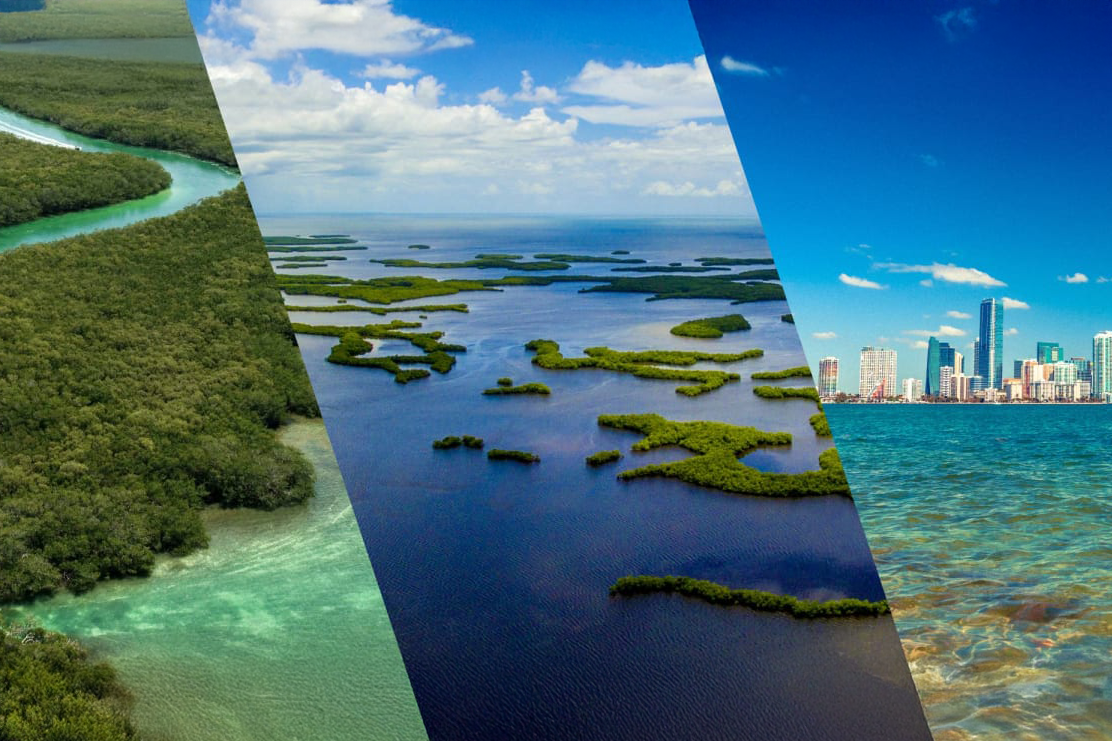
Hope Spot – Biscayne Bay, Florida Keys & Ten Thousand Islands
Nominated by FIU scientists, the coastal area around South Florida that encompasses Biscayne Bay, the Florida Keys and Ten Thousand Islands has been designated a Hope Spot by Mission Blue, an organization founded by world-renowned marine conservationist Sylvia Earle. Hope Spots are special places, scientifically identified as critical to the health of oceans. The new South Florida Hope Spot was championed by three FIU scientists with a long history of conservation work: Mireya Mayor, executive director of strategic projects, Mike Heithaus, marine ecologist and executive dean of the FIU College of Arts, Sciences & Education, and Heather Bracken-Grissom, marine scientist and assistant director of the Coastlines and Oceans Division in FIU’s Institute of Environment. FIU scientists are providing essential data to water and land managers for the Florida Keys and Caribbean to mitigate the many threats these ecosystems face. They monitor water quality along with plant and animal species along coastlines, coral reefs and on islands throughout the region to help develop solutions for more sustainable management of these resources. This includes one of the largest seagrass meadows in the world, where FIU scientists have been working for nearly three decades. Today, FIU is a research partner with Rookery Bay Research Reserve and the Florida Keys National Marine Sanctuary, which is home to FIU Aquarius, the world’s only underwater research laboratory. One of FIU’s campuses is located along Biscayne Bay and for decades, FIU has led research on the health of the bay. In addition to the science, FIU researchers focus on communicating with local communities to educate on the role they play in the health of the bay as well as the need for improved protections at the local and state levels. Recently, the university proposed a new initiative for a comprehensive monitoring network for the bay to identify potential problems before they become crises. The researchers have been actively pursuing funding opportunities to advance this effort.